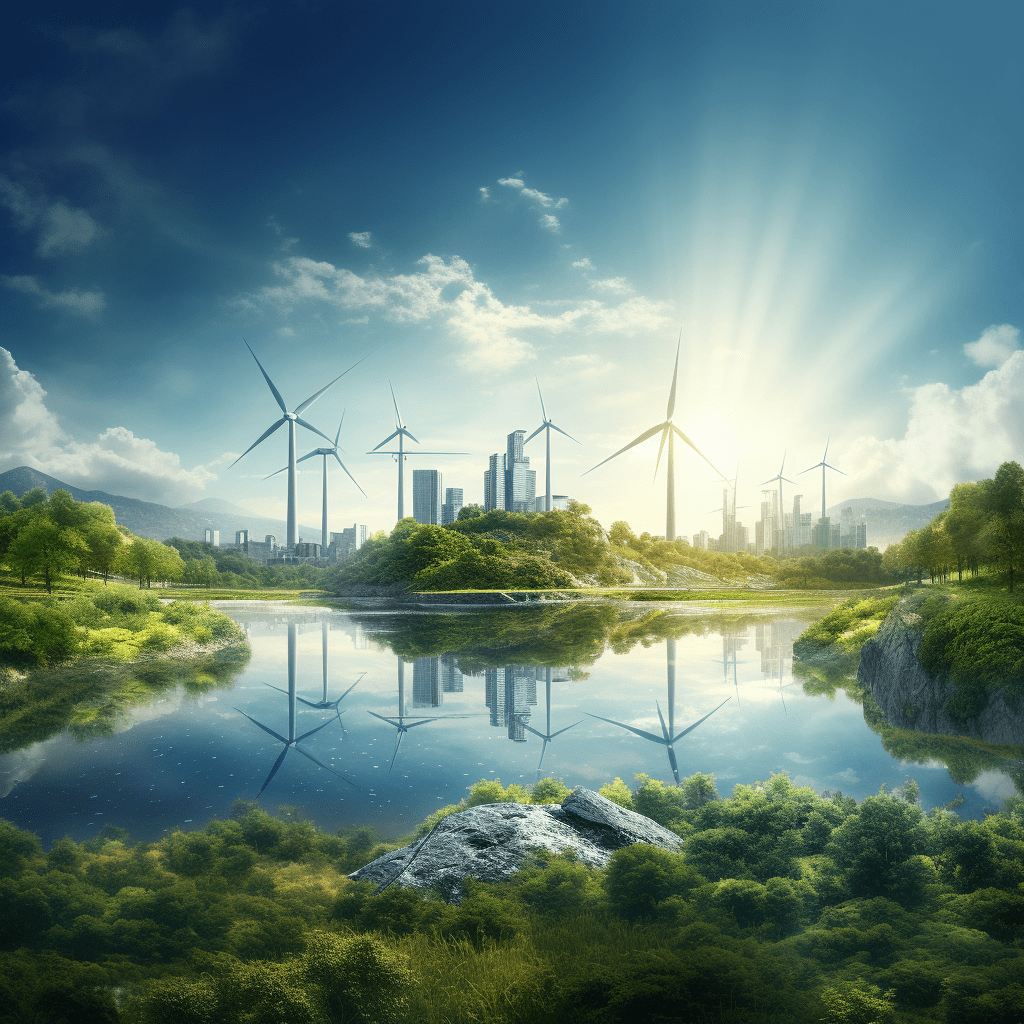Uruguay has made remarkable strides in balancing its energy supply and demand, achieving over 99% of its electricity from renewable sources as of 2024. This success is attributed to strategic investments in hydropower, wind, and solar energy, positioning the country as a leader in sustainable energy practices while supporting economic growth.
What does Uruguay’s energy landscape look like?
Uruguay’s energy landscape is characterized by a diverse mix of renewable sources, primarily hydropower, wind, and biomass. The country has successfully reduced its dependence on fossil fuels, with renewables accounting for approximately 99% of electricity generation. This shift has been facilitated by government policies promoting clean energy and investments in infrastructure.
Chart: Energy Mix in Uruguay (2023)
| Energy Source | Percentage Contribution |
|---|---|
| Hydropower | 48% |
| Wind Energy | 36% |
| Biomass | 13% |
| Solar Energy | 3% |
How did Uruguay successfully transition to renewable energy sources?
Uruguay’s transition to renewable energy began in earnest around 2005 when the government implemented a comprehensive strategy to diversify its energy sources. Key steps included:
- Policy Framework: Establishing favorable regulations and incentives for renewable projects.
- Public-Private Partnerships: Collaborating with private investors to fund renewable infrastructure.
- Investment in Technology: Upgrading existing facilities and building new renewable generation sites.
Chart: Timeline of Renewable Energy Transition
| Year | Milestone |
|---|---|
| 2005 | Initiation of renewable strategy |
| 2010 | Significant investment in wind farms |
| 2015 | Over 90% of electricity from renewables |
| 2023 | Achieved 99% low-carbon electricity generation |
What key achievements have been made in Uruguay’s energy sector?
Uruguay has achieved several significant milestones in its energy sector:
- High Renewable Penetration: As of 2024, over 99% of electricity comes from low-carbon sources.
- Energy Exports: The country exports surplus electricity to neighboring countries, contributing to regional sustainability.
- Job Creation: The renewable sector has generated thousands of jobs, boosting local economies.
Chart: Key Achievements Overview
| Achievement | Description |
|---|---|
| Renewable Electricity Share | Over 99% from low-carbon sources |
| Electricity Exports | Significant net exporter to Brazil and Argentina |
| Employment Growth | Thousands of jobs created in the renewable sector |
How does Uruguay effectively balance its energy supply and demand?
Uruguay balances its energy supply and demand through a combination of strategic planning and technological innovation:
- Real-Time Monitoring: Utilizing advanced grid management technologies to monitor consumption patterns.
- Diverse Energy Sources: Leveraging a mix of hydropower, wind, and solar to ensure reliability.
- Energy Storage Solutions: Implementing battery storage systems to manage fluctuations in supply.
Chart: Energy Supply-Demand Balance Strategies
| Strategy | Description |
|---|---|
| Real-Time Monitoring | Advanced grid technologies for efficiency |
| Diverse Sources | Combination of multiple renewable types |
| Energy Storage | Battery systems for managing peak loads |
What roles do hydropower and wind energy play in the overall energy mix?
Hydropower is the backbone of Uruguay’s electricity generation, providing nearly half of the country’s power needs. Wind energy has rapidly grown as a significant contributor, accounting for about 36%. Together, these sources not only meet domestic demand but also enable exports.
Chart: Contribution of Hydropower and Wind Energy
| Energy Source | Contribution Percentage |
|---|---|
| Hydropower | 48% |
| Wind Energy | 36% |
What challenges are present in Uruguay’s energy sector?
Despite its successes, Uruguay faces several challenges:
- Climate Variability: Changes in weather patterns can affect hydropower generation.
- Infrastructure Needs: Continued investment is required to maintain and expand the grid.
- Market Competition: Increasing competition from other countries could impact export opportunities.
Chart: Challenges Facing the Energy Sector
| Challenge | Description |
|---|---|
| Climate Variability | Weather impacts on hydropower availability |
| Infrastructure Investment | Need for ongoing upgrades |
| Competitive Market | Pressure from regional competitors |
What does the future hold for sustainability in Uruguay’s energy landscape?
Looking ahead, Uruguay aims to further enhance its sustainability efforts by exploring additional renewable technologies such as solar power expansion and green hydrogen production. The government plans to electrify other sectors like transportation and heating while maintaining its commitment to low-carbon electricity generation.
Chart: Future Sustainability Goals
| Goal | Target Year |
|---|---|
| Expand Solar Capacity | By 2026 |
| Develop Green Hydrogen | Operational by 2026 |
| Electrify Transportation | Ongoing through 2030 |
Latest News
Uruguay continues to lead the way in renewable energy with recent reports indicating that over 99% of its electricity comes from low-carbon sources as of early 2024. The country is also focusing on expanding its solar capacity and exploring green hydrogen projects to further decarbonize its economy while enhancing regional electricity exports.
Editor Comment
“Uruguay’s remarkable success in balancing its energy supply and demand serves as an inspiring model for other nations aiming for sustainability. By leveraging diverse renewable resources and innovative technologies, Uruguay not only meets domestic needs but also contributes positively to regional environmental goals.”
FAQ Section
Q1: What percentage of Uruguay’s electricity comes from renewable sources?
A1: Over 99% of Uruguay’s electricity is generated from low-carbon sources as of early 2024.Q2: What are the main sources of renewable energy in Uruguay?
A2: The primary sources include hydropower (48%), wind (36%), biomass (13%), and solar (3%).Q3: What challenges does Uruguay face regarding its renewable energy strategy?
A3: Challenges include climate variability affecting hydropower generation, the need for infrastructure investment, and competition from other countries.



